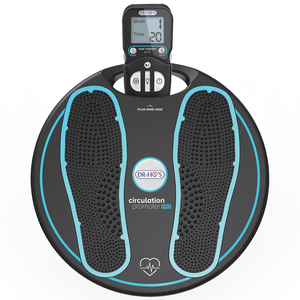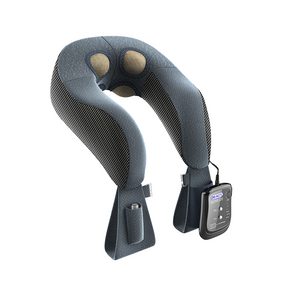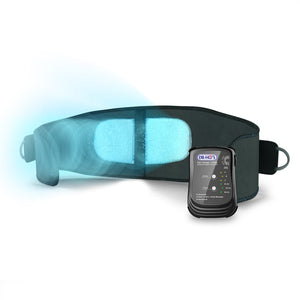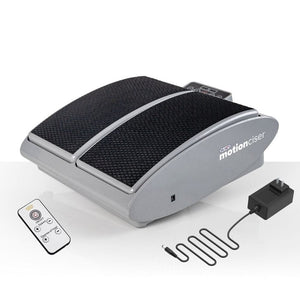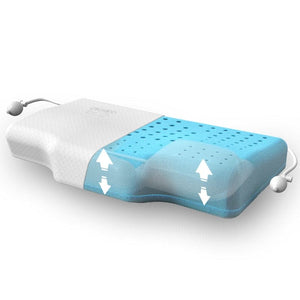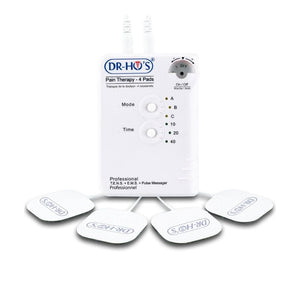The 5 Best Diets Overall for Pain Relief
1. The Mediterranean Diet
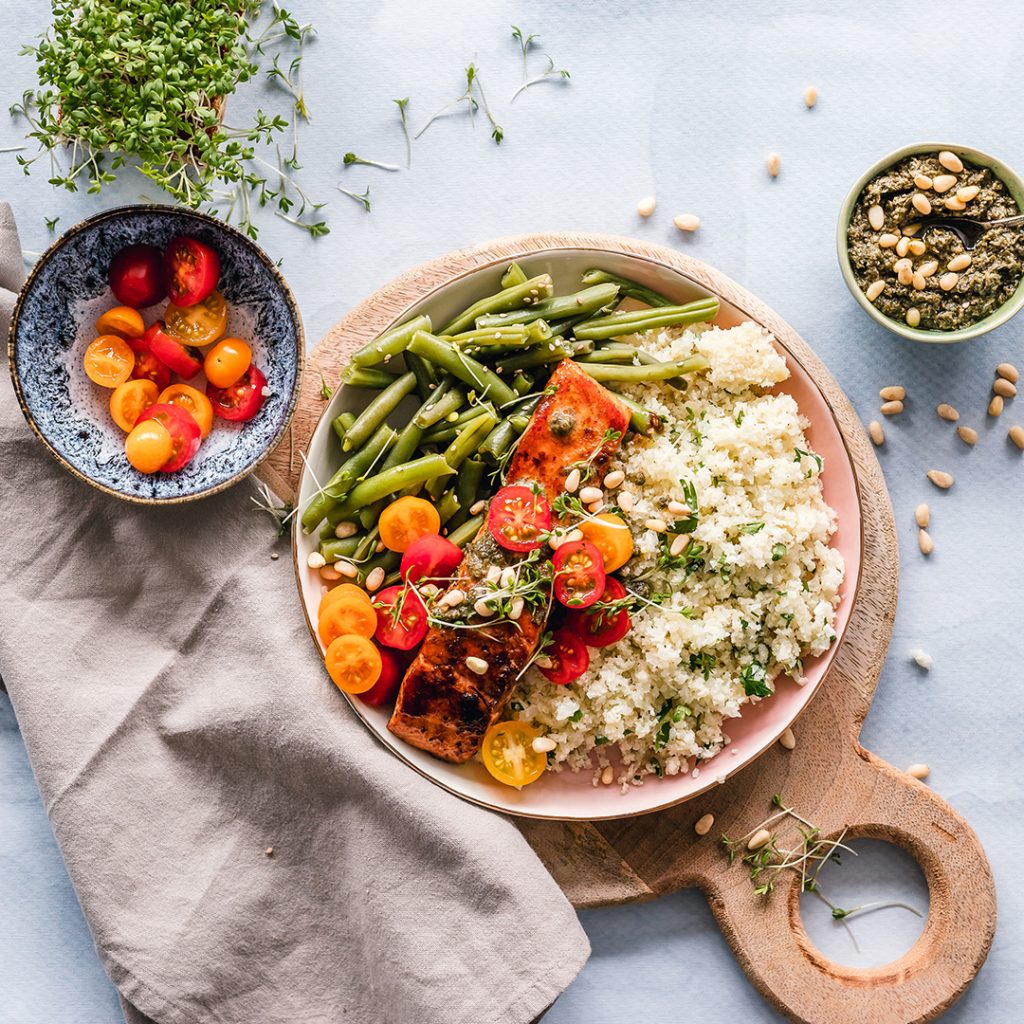 Evidence suggests that foods in the Mediterranean Diet contain high levels of antioxidants known to help soothe and prevent painful flare-ups. The Mediterranean Diet is an incredibly healthy, natural diet that favours plenty of fruits and vegetables, healthy fats such as nuts and olive oils, whole grains, fish and legumes. Where does the name come from? Populations in countries bordering the Mediterranean Sea appear to live longer and have fewer cases of cancer and cardiovascular disease when compared to the North American population. The diet aims to replicate a healthy version of this region’s go-to foods.
Evidence suggests that foods in the Mediterranean Diet contain high levels of antioxidants known to help soothe and prevent painful flare-ups. The Mediterranean Diet is an incredibly healthy, natural diet that favours plenty of fruits and vegetables, healthy fats such as nuts and olive oils, whole grains, fish and legumes. Where does the name come from? Populations in countries bordering the Mediterranean Sea appear to live longer and have fewer cases of cancer and cardiovascular disease when compared to the North American population. The diet aims to replicate a healthy version of this region’s go-to foods.
- Fruits and vegetables
- Olive oil
- Whole grains, beans, nuts and legumes
- Fish and seafood twice a week
- Wine in moderation
2. The DASH Diet
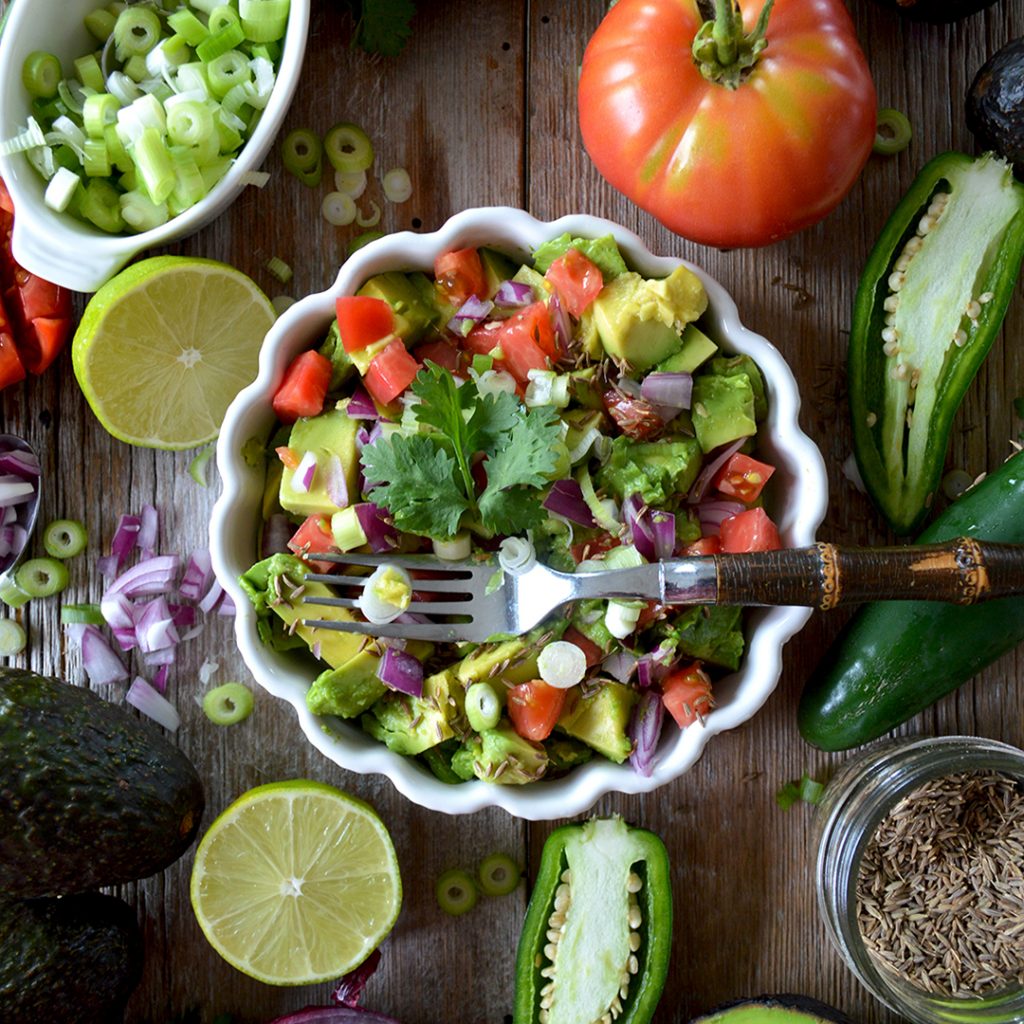 The DASH diet is primarily focussed on reducing high blood pressure and helping to regulate diabetes. This diet is promoted by the National Heart, Lung, and Blood Institute and is rich with foods that are high in blood pressure-deflating nutrients like potassium, calcium, protein and fibre. The DASH diet advises people to avoid foods that are high in saturated fat, such as fatty meats, full-fat dairy foods and tropical oils, as well as sugar-sweetened beverages and sweets. This means that you should avoid processed foods and opt for fresh, homemade whole foods. This diet asks that you prepare the majority of your foods at-home and skip fast food options.
The DASH diet is primarily focussed on reducing high blood pressure and helping to regulate diabetes. This diet is promoted by the National Heart, Lung, and Blood Institute and is rich with foods that are high in blood pressure-deflating nutrients like potassium, calcium, protein and fibre. The DASH diet advises people to avoid foods that are high in saturated fat, such as fatty meats, full-fat dairy foods and tropical oils, as well as sugar-sweetened beverages and sweets. This means that you should avoid processed foods and opt for fresh, homemade whole foods. This diet asks that you prepare the majority of your foods at-home and skip fast food options.
- Fruits and vegetables
- Whole grains
- Lean protein
- Low-fat dairy
3. The Flexitarian Diet
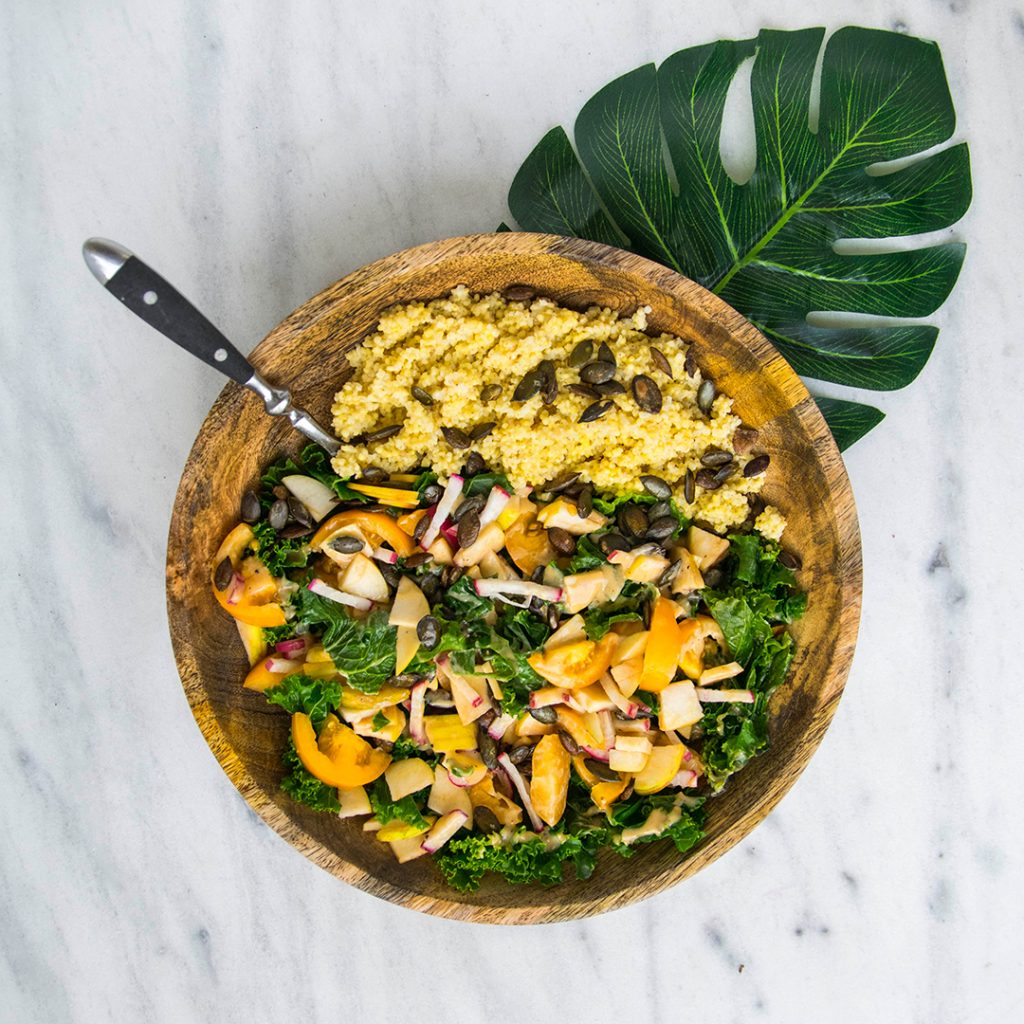 The Flexitarian Diet is a flexible vegetarian diet that promotes the plant-based vegetarian diet with the flexibility to indulge in your favourite types of meat when the cravings kick in. This plan aims to make a healthy vegetarian diet easier to follow. Eating more plants and less meat can improve overall health, lower rates of heart disease, diabetes, and cancer while extending your lifespan. This diet asks that you limit your meat intake and alcohol consumption by filling up on plant-based foods.
The Flexitarian Diet is a flexible vegetarian diet that promotes the plant-based vegetarian diet with the flexibility to indulge in your favourite types of meat when the cravings kick in. This plan aims to make a healthy vegetarian diet easier to follow. Eating more plants and less meat can improve overall health, lower rates of heart disease, diabetes, and cancer while extending your lifespan. This diet asks that you limit your meat intake and alcohol consumption by filling up on plant-based foods.
- Fruits and vegetables
- Whole grains, beans, nuts and legumes
- Eggs
- Tofu
- Dairy
4. The MIND Diet
 Do you MIND? The MIND Diet revolves around brain health with a focus on using scientific research to inform a diet that will lower the risk of Alzheimer’s. The study found the MIND diet lowered Alzheimer’s risk by about 35% for people who followed it moderately well and up to 53% for those who adhered to it rigorously. This diet combines both the Mediterranean diet and the DASH diet to create a super-diet for optimal cognitive functioning. This one of the best diets for pain relief due to its attention to one of the most important organs in the body; the brain. So what exactly should you be eating? This diet puts a heavy focus on the importance of green leafy vegetables. Rather than focusing on what not to eat, you can start by adding a few additional servings of green leafy vegetables per day.
Do you MIND? The MIND Diet revolves around brain health with a focus on using scientific research to inform a diet that will lower the risk of Alzheimer’s. The study found the MIND diet lowered Alzheimer’s risk by about 35% for people who followed it moderately well and up to 53% for those who adhered to it rigorously. This diet combines both the Mediterranean diet and the DASH diet to create a super-diet for optimal cognitive functioning. This one of the best diets for pain relief due to its attention to one of the most important organs in the body; the brain. So what exactly should you be eating? This diet puts a heavy focus on the importance of green leafy vegetables. Rather than focusing on what not to eat, you can start by adding a few additional servings of green leafy vegetables per day.
- Green leafy vegetables (LOTS of them)
- All vegetables
- Nuts
- Berries
- Beans
- Whole grains
- Fish and poultry
- Olive oil
- Wine in moderation
5. WW (Weight Watchers Diet)
 You may be familiar with the Weight Watchers Diet and it turns out it’s an effective one! The WW diet is unique in that it doesn’t specify on what you eat, it simply asks you to track how much you’re eating. This diet builds on its SmartPoints system, which assigns every food and beverage a point value, based on its nutrition. This diet is more often associated with weight loss but has made the shift to be more holistic. Weight loss is also beneficial for your joint health, circulation, and heart health long term. This diet is multifaceted, relying on in-person meetings, workshops, online chats, and constant support to encourage accountability and long-term success.
You may be familiar with the Weight Watchers Diet and it turns out it’s an effective one! The WW diet is unique in that it doesn’t specify on what you eat, it simply asks you to track how much you’re eating. This diet builds on its SmartPoints system, which assigns every food and beverage a point value, based on its nutrition. This diet is more often associated with weight loss but has made the shift to be more holistic. Weight loss is also beneficial for your joint health, circulation, and heart health long term. This diet is multifaceted, relying on in-person meetings, workshops, online chats, and constant support to encourage accountability and long-term success.
No foods are off-limits on the WW diet but you are required to meet your Smart Points target. The following foods cost zero points:
- Fruits and vegetables
- Eggs
- Skinless chicken breast
- Fish and seafood
- Corn
- Beans
- Peas
Are Diets Effective for Long-Term Health?
There is a lot of evidence out there suggesting that diets don’t work and should be avoided. Dieting by definition is a temporary food plan. Many of these food plans are built on being restrictive and lead to a diet-binge cycle where the person attempting to adhere to the plan will cycle in and out of periods of deprivation and over-consumption. 95% of people who engage in dieting in this manner will typically regain weight in 1-5 years.
How Do You Make a Diet Sustainable Long-Term?
Do you want to try one of the best diets for pain relief? The key to making a diet sustainable is to stop treating it like a temporary plan and see it as a lifestyle change. Flexibility and ease are important in supporting a long-term diet change. If you know you will be unable to resist meat indefinitely, opt for a Flexitarian diet to keep your goals realistic. Here are a number of tips you can use to support your diet change:- Choose a flexible diet plan
- Create an environment that supports your lifestyle change (ex. don’t keep junk food in the house)
- Make the changes slowly by gradually reducing processed foods and increasing healthy alternatives
- Focus on which foods you will add to your new lifestyle (ex. one dark leafy green salad per day, more water, etc) rather than obsessing over the foods you’re required to cut out
- Cook more foods at home and have fun with new recipes
- Prepare foods ahead of time so you don’t default to unhealthy convenient options
More Digestion & Nutrition Content
- 4 Healthy Breakfasts That Provide Energy All Day Long
- Which Foods Make Arthritis Worse?
- 4 Healthy Recipes From a Fibromyalgia Diet Plan
- 5 Swaps to Decrease Sugar In Your Diet.
- How to Kick Start Weight Loss Before Summer.
- 5 Delicious Healthy Smoothie Recipes to Start Your Day.
- 6 Foods That Target Inflammation.
Psychology Today. Why Diets Don’t Work…And What Does. Retrieved from https://www.psychologytoday.com/ca/blog/changepower/201010/why-diets-dont-workand-what-does U.S. News. Best Diets Overall. Retrieved from https://health.usnews.com/best-diet/best-diets-overall



